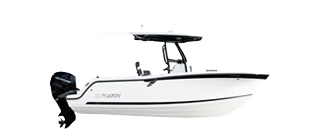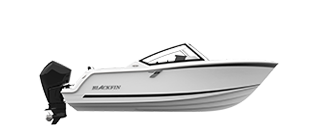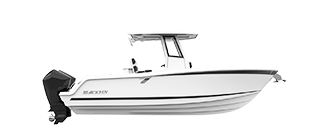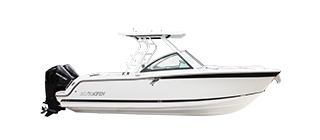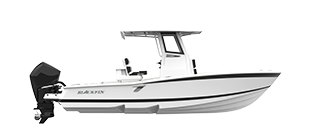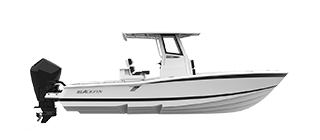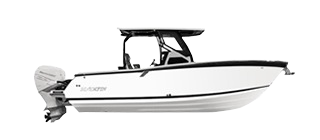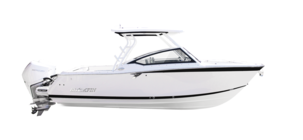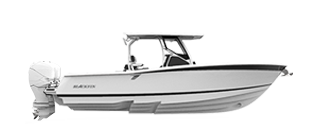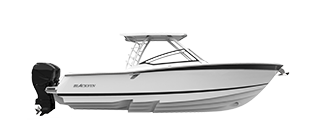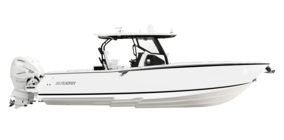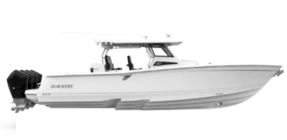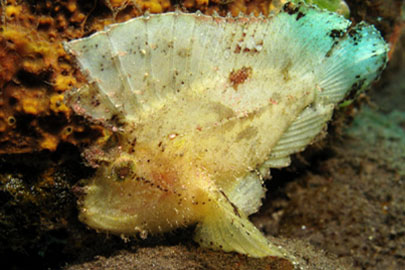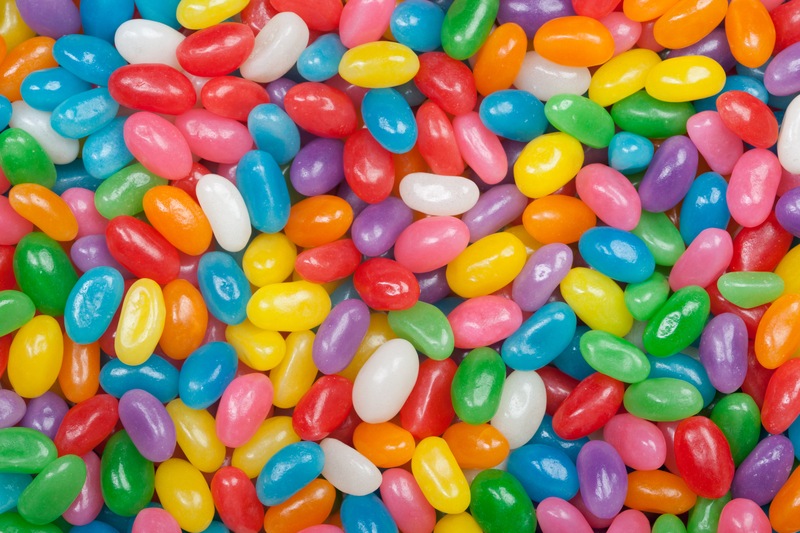
Still savoring your leftover Easter candy? If jelly beans are your favorite, you’re in good company. In fact, according to Instacart, 51% of Americans prefer the bite-sized, fruity treat over any other seasonal sweet. But as it turns out, the Easter basket isn’t the only place to spot jelly beans this year. Did you know that there’s a sea creature whose shape, small stature, and gelatinous makeup has earned it the nickname, “jelly bean of the sea”?
No, it’s not a jellyfish — it’s not even a fish, actually! Just read on to learn more about the surprising sea critter hanging out in some of the locales your offshore fishing boat will be cruising this spring.
Friends In Low Places
Yes, it would be fun to spot jelly beans floating on the surface like seaweed. After all, who doesn’t dream of a world made of candy? But in the case of sea jelly bean, or salp, you’d actually have to look much deeper than that. The tiny, cylinder-shaped invertebrate tends to dwell closer to the bottom of the ocean: this is where it finds its favorite food. In fact, it’s described as a non-selective filter feeder — the ocean’s trash is its treasure!
Salps have occasionally been seen washed up on the beach when there’s an algae or plankton bloom in the area. Interestingly, they’re not actually dangerous to touch like jellyfish! But, the average beachcomber may not be able to discern between salps and jellyfish in the moment — so as always, it’s best to avoid touching any marine wildlife you stumble upon.
A Colorful Critter...
Unlike the sweet candy it’s named after, a salp doesn’t actually have color in its body. It’s virtually see-through! But it does put on quite a vibrant display thanks to bioluminescence — aka, a built-in ability to glow.
... & A Surprising Climate Champion
So far, salps may seem like a cute oddity of the ocean. And that, they are! But they actually serve a pretty pivotal role in preserving the marine environment — and our planet as a whole.
As we mentioned earlier, salps are indiscriminate filter feeders: they’ll munch on anything. The way they feed is by filtering in seawater and getting the nutrients they need, whether it’s from phytoplankton or a baby crustacean. This mechanism is also what propels through the water. (How’s that for efficiency?)
In eating anything and everything, they also remove carbon from the water around them — which then ends up in their waste at the bottom of the ocean. That’s good news for the environment. As the National Science Foundation explains: “The more carbon that sinks to the bottom, the more space there is for the upper ocean to accumulate carbon, hence limiting the amount that rises into the atmosphere as CO2.”
Who knew a small, candy-shaped creature could play such an important role in the global climate? But then again, the ocean is full of surprises, and the unassuming salp is just one of them. There are many ways boaters can reduce their environmental footprint on the water — but it’s nice to know that this puny, powerful ocean dweller is hard at work, too!
Bookmark & Share
User Comments
Be the first to comment on this post below!
Previous Article
Most Popular Articles
- Blackfin Fishing Boats - The Legend Lives On | Blackfin Boats
- The Blackfin 272CC ? Ranked Among The Very Best Fishing Boats of 2018!
- How to Acquire Your Boat Captain?s License in Florida
- Blackfins new 33? debuts at the 2018 Fort Lauderdale International Boat Show!
- Top 5 Tips for Buying Your First Fishing Boat
- What is the Best Time to Buy a Blackfin Fishing Boat?
- 5 Reasons Why Blackfin Boats are Every Angler?s Dream!
- Center Console Boats Guide - Advantages & Benefits


